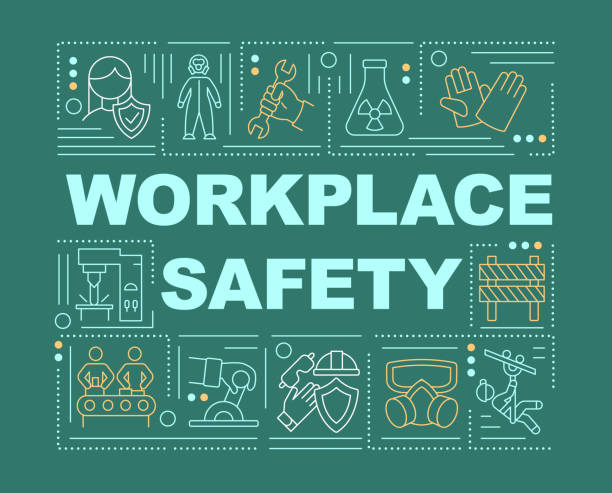Natural disasters, onsite job injuries, or active shooter threats can happen at any time; therefore, it’s important that your business implements workplace safety guidelines.
Organizations should develop a set of workplace safety policies that aid in reducing onsite injuries and prioritizing employee’s safety. These workplace safety policies should include an emergency response plan, safety training, and a communication strategy. They will also contribute to creating a safe working environment for all employees.
When companies show commitment to their employee’s safety, it results in a safer workplace and additional benefits. Workplace safety guidelines will boost employee productivity, and job satisfaction.
Here are a few workplace safety tips to help you make a safety plan for your business.
4 Workplace Safety Tips
Update your workplace safety procedures
Take the time to review and assess your safety guidelines from the past year. Conduct an audit of your safety plan with the help of a safety professional. Safety experts can provide an in-depth assessment of how to improve the safety policy of your business. Following that, update your policies to include any new elements, such as new equipment or a new office building that needs an evacuation plan. Once you have established your safety plan, share it with your employees. Employees understand how safety policies are applied in an emergency and can identify any weaknesses in your safety plan.
Create a safety culture
It’s not enough to educate your employees on workplace safety protocols; you must also establish a safety culture. A “safety culture” is a set of safety-related beliefs and values that employees and business executives uphold.
Businesses can foster this culture by promoting workplace safety through monthly newsletters and hanging safety signs throughout the office. Moreover, conducting workplace safety surveys to assess the effectiveness of their safety training and receive feedback on their safety protocols.
Employees will then feel encouraged to engage in safety culture by reporting unsafe conditions and helping new hires get acquainted with the latest safety protocols. Together, organizations and employees can build a safe workplace.
Conduct quarterly safety drills
Once you have established a workplace safety plan, it’s essential to conduct safety drills. Quarterly safety drills will help employees commit the safety plan to muscle memory. These exercises may include lockdown drills, fire drills, and safety training on how to respond if an employee is hurt on the job.
Enhance your workplace safety plan by incorporating an emergency management system into your drills.WellCheck offers emergency management software that allows organizations to schedule drills, account for employees’ location and status, and review drill performance in detail. This software will help businesses evaluate their current safety plan and save lives.
Prioritize your employee’s mental and physical health
Employers should offer health and wellness programs to workers to reduce on-the-job injuries. Slips, falls, overexertion, and muscular disorders account for a large number of workplace injuries. According to the Spine Health Center, “70% of the poll respondents said that their backs felt significantly worse after sitting in their office chair all day.”
Therefore, companies must encourage employees to take short breaks during the day to exercise, such as going for walks, taking yoga classes, or visiting a health center. These health programs will help reduce injuries and increase job productivity.
In addition to work-related injuries, many employees suffer from mental health problems due to long work hours and heavy workloads. Therefore, businesses should focus on providing mental health resources such as counseling services, meditation classes, and mental health hotlines to help reduce stress. Companies that have invested in mental health resources have seen a significant decrease in mental health cases in the workplace. According to the International Foundation of Employee Benefit Plans, “53% of organizations that offered wellness programs saw improved employee engagement and satisfaction, a clear indicator of reduced stress.” Investing in the well-being of your employees will lead to job satisfaction and, ultimately, company growth.


